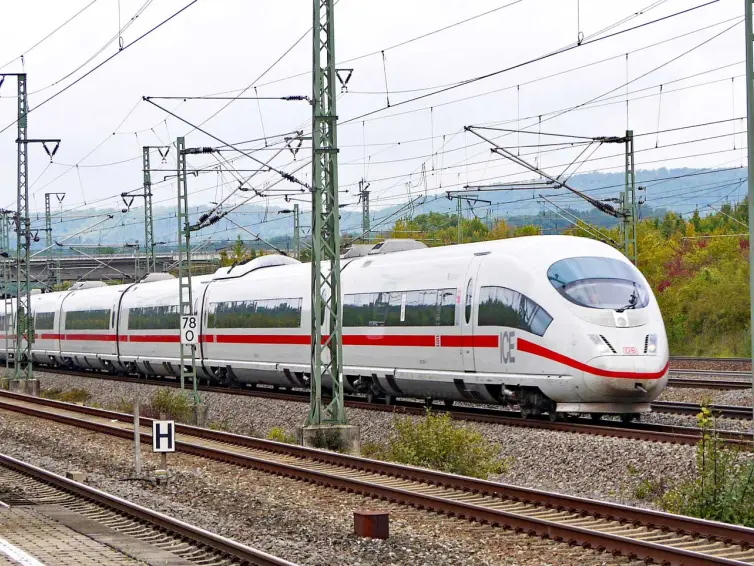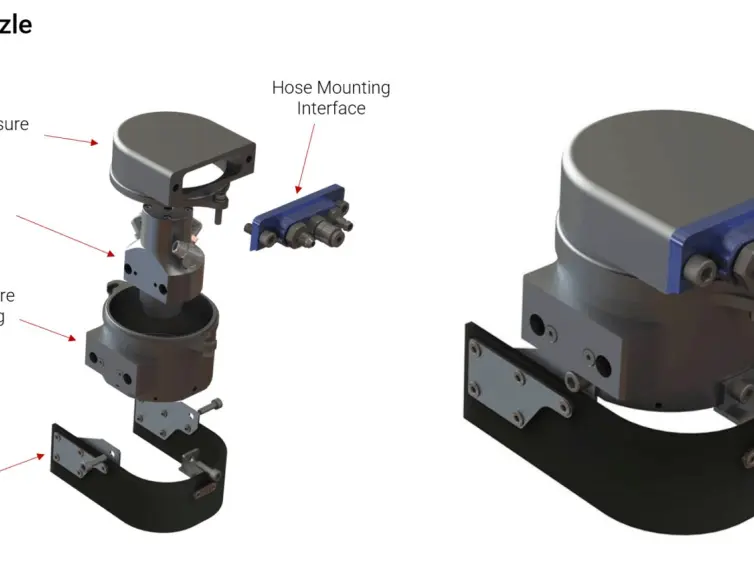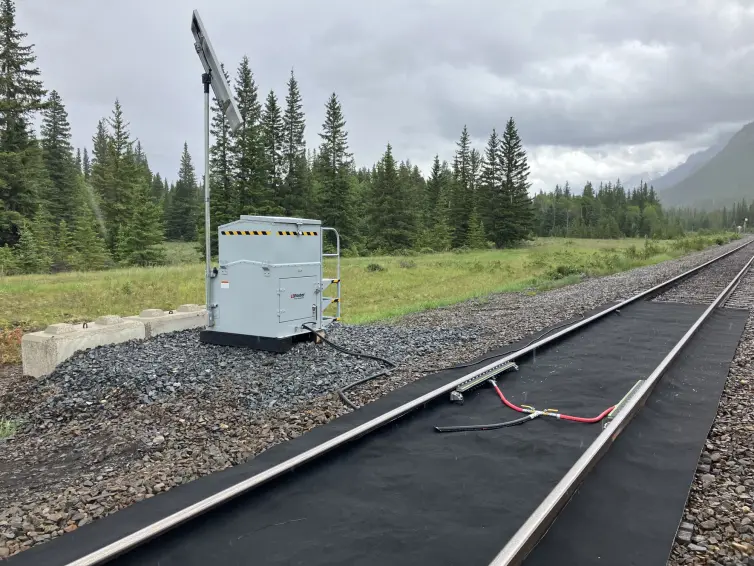高速铁路基础设施正在全球范围内不断扩大,现有网络正在扩建,新的网络也在创建,因为高速铁路越来越被视为短途航班的可持续替代品。
高速列车通常采用较硬的转向架,以便在高速行驶时保持稳定,但这些转向架在弯道中可能会造成损坏,而当高速铁路接近城市目的地的中心时,弯道总是无法避免的。
事实证明,轮轨界面摩擦管理是一种可持续的、具有成本效益的策略,可通过有效控制该界面的能量和力,缓解磨损、噪音和波纹现象等问题。
我们的使命是与您一起了解摩擦管理的优势,并确定摩擦管理如何帮助您实现关键目标:
降低年度计划成本,包括
轨道打磨和轨道更换
车轮定位和车轮更换
轨道部件故障
耗油量
摩擦管理材料
最大限度地提高计划效益,包括
控制尖叫和镶边噪音
避免车轮爬坡脱轨
提高行驶质量
减少轨道通行要求
验证计划绩效
工作原理
管理轮轨接口处的摩擦力需要确定最佳摩擦力水平,并控制爬电和摩擦力之间的关系。轨顶/轮面界面和轨距/轮缘界面需要不同的摩擦力,因此这两个不同的界面需要不同的材料。
高速铁路系统的摩擦管理可通过列车安装和轨道安装两种方式实现,艾宾福司特 专门设计了针对高速铁路的优化解决方案。这些解决方案包括适用于隧道和高架桥安装的紧凑型细长机柜。
列车安装系统包括车载固体喷棒和移动液体喷洒两种方法。
实心棒专为车轮轮缘或车轮胎面的应用而配制,每种应用都需要不同的摩擦特性。
移动喷洒系统可在轨道内的特定位置喷洒所需数量的摩擦控制介质。
轨旁系统利用车轮感应技术检测过往车辆,并使用安装在轨道上的涂抹杆涂抹摩擦控制剂。
艾宾福司特 为满足这些特定需求,我们开发了专门的技术包:
轨旁检具端面导轨润滑系统
轨道顶部摩擦改进剂系统
轨道顶部牵引凝胶应用系统
板载固体棒法兰润滑系统
车载实心胎面摩擦改进系统
车载液体喷雾应用系统



